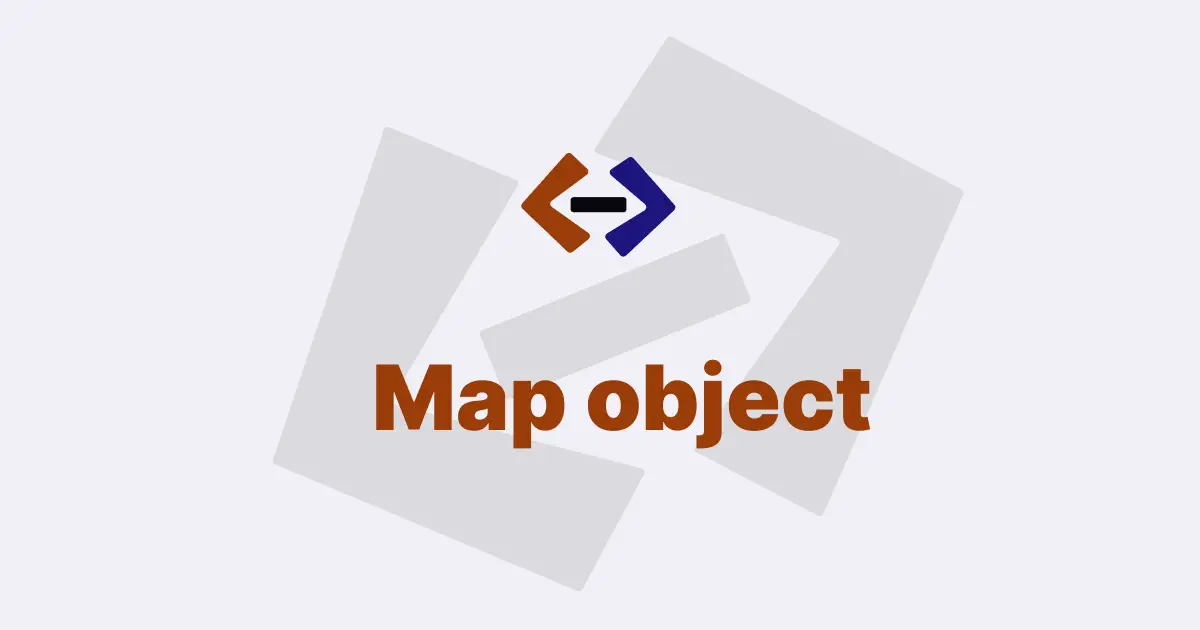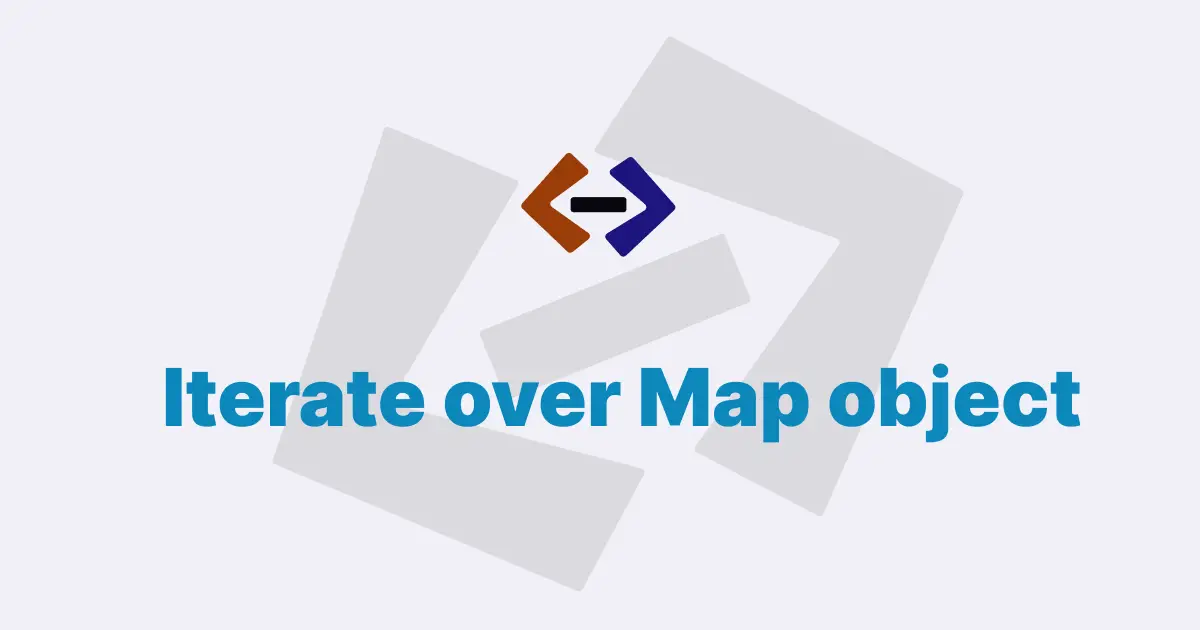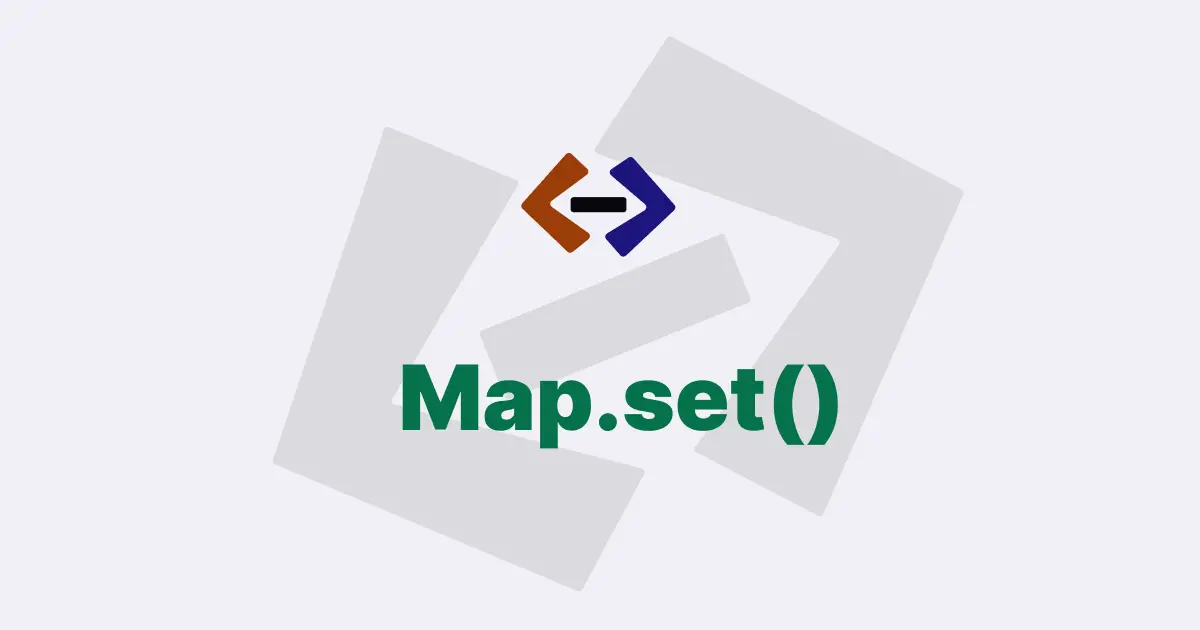In JavaScript, a Map object is a data structure that allows you to store key-value pairs, where each key is unique and can be of any type.
To retrieve a value from a Map object in JavaScript, you need to use the get() method.
Here’s a detailed explanation of how to do it.
Creating a Map object
Before we can retrieve a value from a Map object, we need to create one first. To create a new Map object, we can use the Map() constructor function like this:
const myMap = new Map();This creates an empty Map object called myMap.
Adding key-value pairs to a Map object
To add key-value pairs to a Map object, we can use the set() method. The set() method takes two arguments: the key and the value.
Here’s an example:
myMap.set("apple", 5);
myMap.set("banana", 10);
myMap.set("orange", 15);In this example, we’ve added three key-value pairs to the Map object. The keys are strings ("apple", "banana", and "orange"), and the values are numbers (5, 10, and 15).
Retrieving a value from a Map object
To retrieve a value from a Map object, we need to use the get() method. The get() method takes one argument: the key of the value we want to retrieve.
Here’s an example:
const appleCount = myMap.get("apple");
console.log(appleCount); // Output: 5In this example, we’re retrieving the value associated with the key "apple" from the Map object. We’re storing the result in a variable called appleCount, and then logging it to the console. The output should be 5.
Handling non-existent keys
If we try to retrieve a value from a Map object using a key that doesn’t exist, the get() method will return undefined.
Here’s an example:
const pearCount = myMap.get("pear");
console.log(pearCount); // Output: undefinedIn this example, we’re trying to retrieve the value associated with the key "pear" from the Map object. Since "pear" is not a key in the Map object, the get() method returns undefined.
Retrieving multiple values from a Map object
If we want to retrieve multiple values from a Map object, we can use a loop to iterate over the keys and call the get() method for each key.
Here’s an example:
for (const [key, value] of myMap) {
console.log(`${key} = ${value}`);
}In this example, we’re using a for...of loop to iterate over the key-value pairs in the Map object. For each pair, we’re logging a string to the console that includes the key and the value.
The output of this code would be:
apple = 5;
banana = 10;
orange = 15;Thank you for reading, and let’s have conversation with each other
Thank you for reading my article. Let’s have conversation on Twitter and LinkedIn by connecting.




